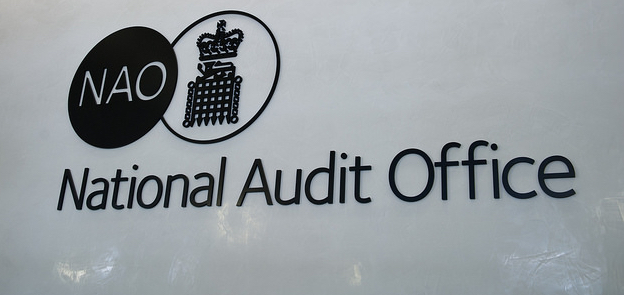
The government has no proof that handing 100% of business rates income to local authorities will deliver its aim of increasing economic growth, according to a spending watchdog.
The National Audit Office has released a report into the Department for Communities and Local Government’s preparations for introducing the move by 2019/20.
Its report said that officials have no evidence that the 2013/14 move to 50% rates retention has had any effect on economic growth.
According to the NAO: “As the department continues its work it must avoid focusing on the technical delivery of 100% local retention of business rates at the expense of the broader policy objectives this initiative is designed to deliver.
“This would risk the creation of a scheme which allows local authorities to retain business rates but which lacks the ability to deliver economic growth, and contains insufficient funding to maintain local service delivery.”

DCLG lacks a measurable target for additional economic growth expected from the scheme, according to the report.
The NAO said that the government has not made any formal assessment of whether the 50% scheme has promoted economic growth or driven local authority behaviour to achieve that aim.
It said that the department does not know precisely how much funding individual local authorities have retained because it lacks information on how funding has been distributed within business rates pools.
“Consequently, potential lessons for different authorities’ future finances under the 100% scheme are not easy to draw out,” it said.
Anecdotally, organisations giving evidence to the NAO were sceptical about the impact of the 50% scheme in incentivising pro-economic growth behaviour among councils.
The report said: “Some, with experience of local authorities with strong economies argued that they had little role in driving growth, suggesting that this was a function of other factors such as location, and had not seen much evidence of authorities promoting growth in response to the 50% scheme.
“Those representing local authorities with weaker economies felt that they were already taking action to deliver growth.”
The government should inform its planning for 100% retention by developing a comprehensive understanding of which local authorities have benefited from the 50% scheme and the reasons, according to the report.
It also said that the department should routinely collect and publish data on the amounts retained by individual local authorities — including those in pools.
The watchdog went on to conclude that there is no clear direct link between increased business rate income and economic growth, with a danger of “the relocation of existing economic activities rather than the creation of new ones”, the NAO said.
Officials also need to avoid the potential for the new system to create perverse outcomes including “overbuilding”, where a local authority encourages construction without demand, and developers “seeking more favourable terms in recognition of the financial benefit that their developments will now bring to authorities”.
Introducing the scheme on time will be challenging due to a cut in resources for the department, and the fact that it is also undertaking a fair funding review.
“There is a risk that the pressure to deliver by 2019-20 might result in a narrowly defined scheme, or one that has not been tested enough,” the report said.
Reacting to the report, Claire Kober, chair of the Local Government Association’s resources board, said: “It is vital that we maximise the potential that the further localisation of business rates offers to our local communities and businesses.
“While it won’t in itself solve the long-term funding challenges facing councils, it is absolutely critical to ensure any new system works effectively.”












